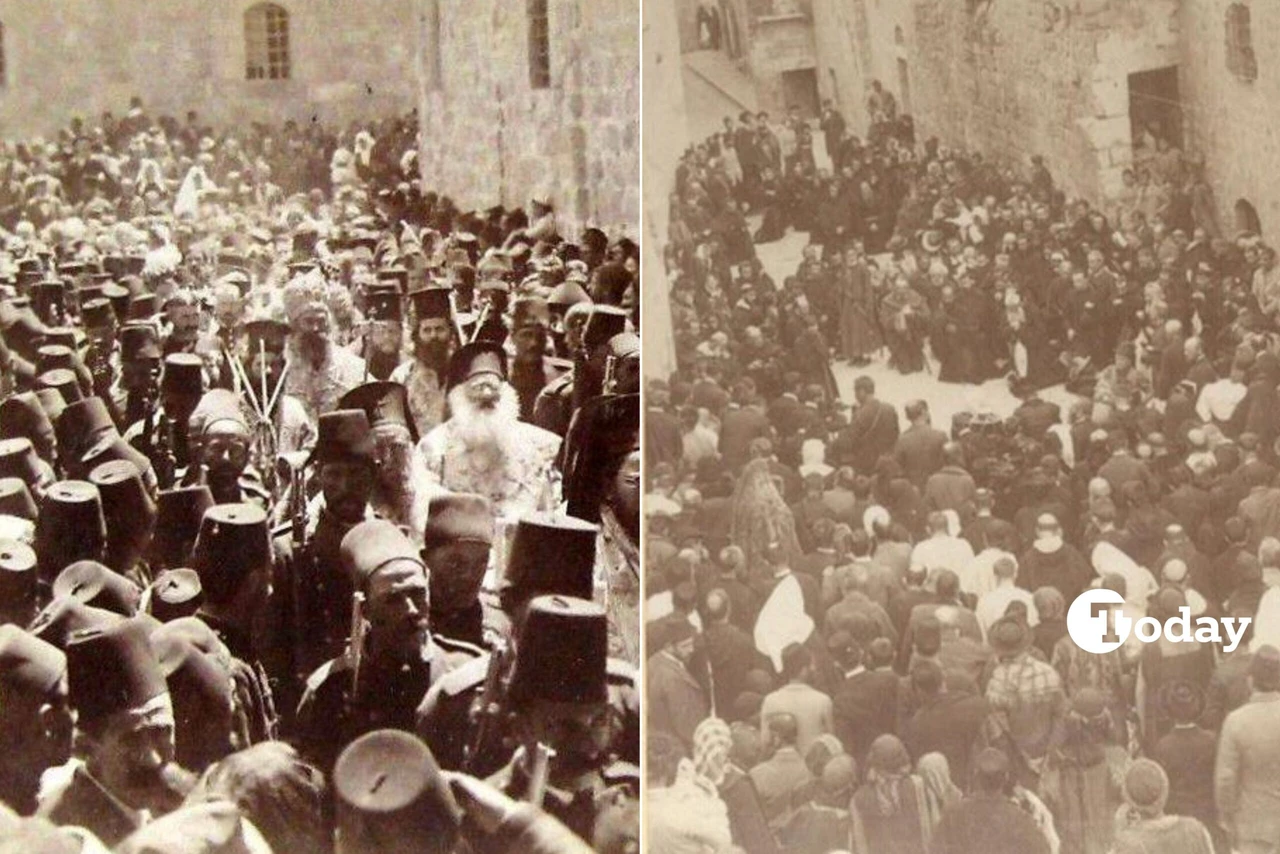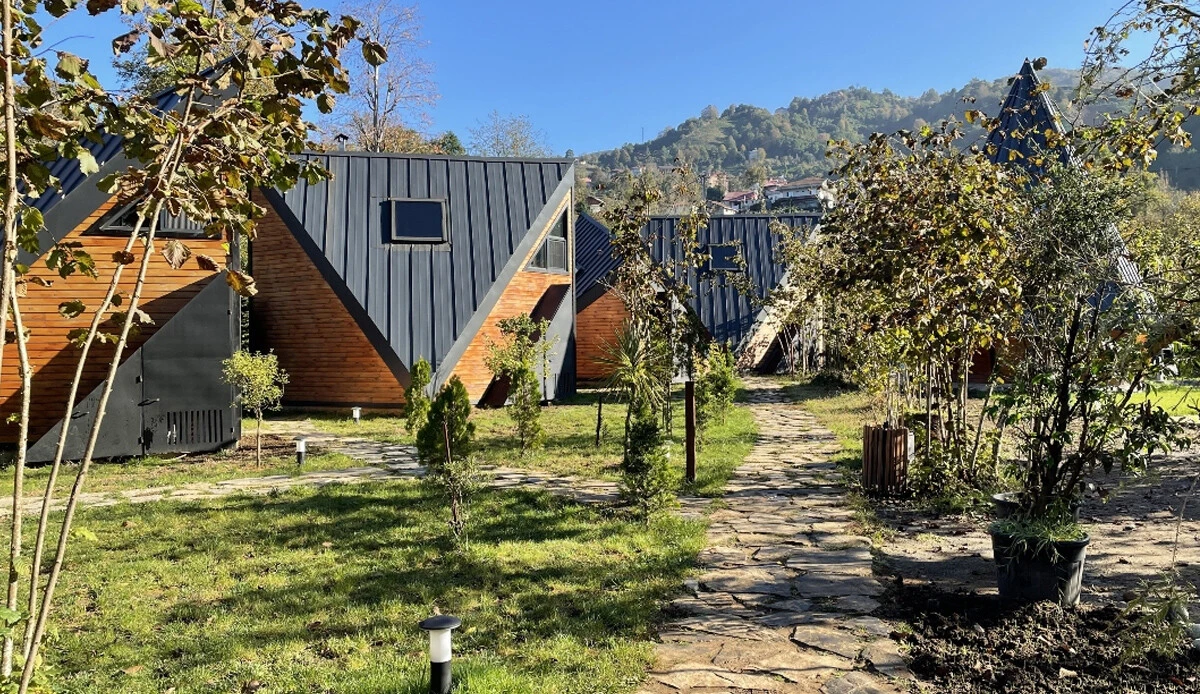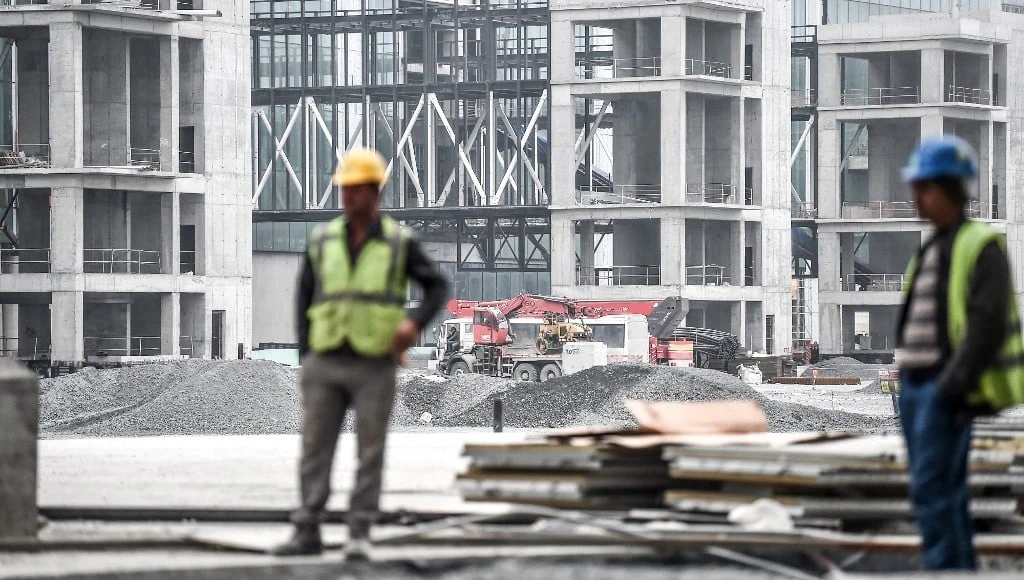Lebanese governor refutes claims of destruction at Baalbek Temple
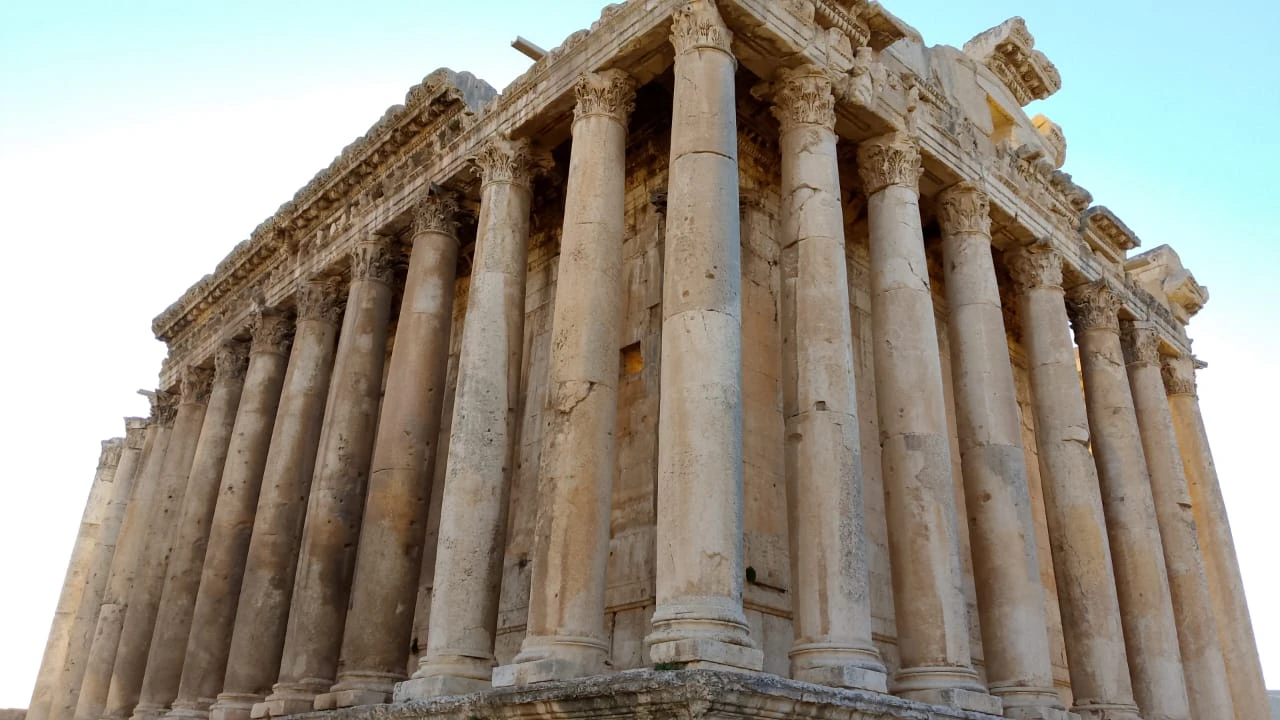 Roman temple at the archaeological site in Baalbek, Lebanon, October 15, 2024. (Photo via Baalbek & Hermel governor Bachir Khodr's X account)
Roman temple at the archaeological site in Baalbek, Lebanon, October 15, 2024. (Photo via Baalbek & Hermel governor Bachir Khodr's X account)
In the wake of ongoing Israeli airstrikes, concerns surrounding Lebanon’s ancient city of Baalbek have escalated. Bachir Khodr, governor of Baalbek and Hermel, has made clear statements addressing rumors about the structural integrity of the city’s historical columns, asserting that they remain unaffected despite the nearby attacks.
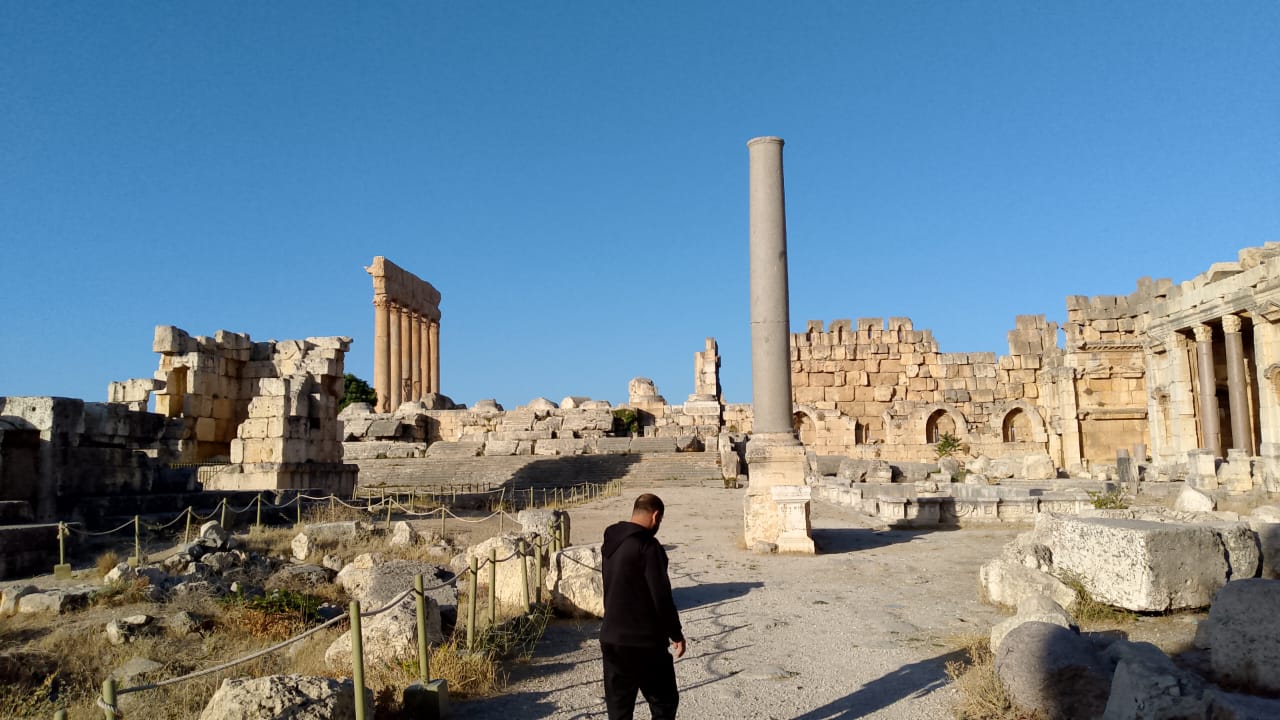
Concerns over Baalbek’s historic sites
While the recent attacks have not directly damaged Baalbek, a city dating back to the Roman era, the escalating conflict in the region has raised significant concerns.
Lebanon’s Minister of Culture Mohammad Mortada revealed that the attacks hit a location just 500 meters from the temples of Jupiter, Venus and Mercury.
Governor responds to rumors
In light of these developments, Governor Khodr addressed rumors regarding the structural integrity of Baalbek’s ancient columns.
On X (formerly Twitter), he shared recent photographs and stated, “Baalbek this morning, October 15, 2024. There is no truth to the rumors about a column ’tilting’ or ‘falling.'”
Among the comments on the governor’s post, the following statements stand out: “The Blue Shield must be restored and we must communicate with all international organizations to put pressure, knowing that such an enemy will not be deterred easily … but we must try.”
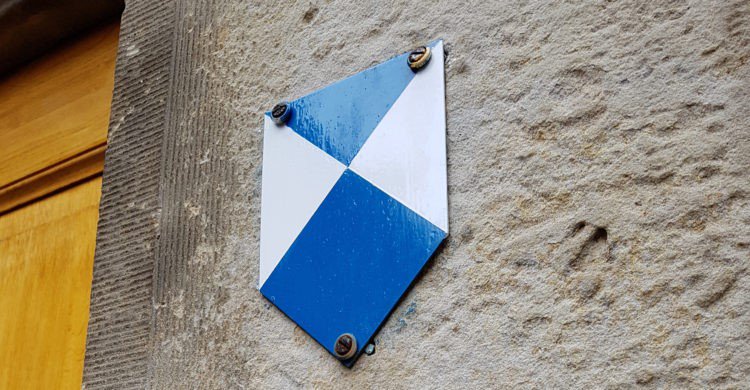
What is Blue Shield?
The Blue Shield, previously known as the International Committee of the Blue Shield, was established in 1996 to protect the world’s cultural heritage from threats, including armed conflict and natural disasters. This organization acts as the cultural equivalent of the Red Cross, utilizing a blue shield symbol to signify cultural sites protected under the 1954 Hague Convention for the Protection of Cultural Property in Armed Conflict.
The Blue Shield’s mission encompasses safeguarding both tangible and intangible cultural heritage during armed conflicts and disasters. It collaborates closely with the U.N., UNESCO, and the International Committee of the Red Cross to promote the protection of cultural properties.

Recent initiatives and global collaboration
One of Blue Shield International’s key focuses is the preservation of cultural heritage during military peace operations. In 2019, experts from various countries, including the United States, Denmark, and Lebanon, gathered at the “Blue Helmet Forum” to discuss strategies for protecting cultural property during conflicts.
In 2020, Blue Shield International and U.N. peacekeeping forces in Lebanon, alongside the Lebanese armed forces, executed a month-long initiative to secure and protect cultural sites damaged after the devastating explosions in Beirut on Aug. 4.
As the conflict in the region continues, the international community’s role in safeguarding historic sites like Baalbek becomes increasingly vital. Without collective action, the risk of irreparable damage to invaluable cultural heritage remains a pressing concern.
